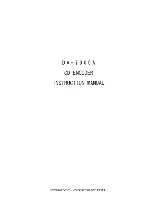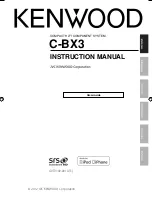
Installation and Operating Instructions V01
45
Quick Troubleshooting!
If the inverter is in "Fault" mode, refer to Section 11 "Troubleshooting".
8.2 Mechanical tests
Carry out the main mechanical tests to ensure the inverter is waterproof:
①
Use sealing caps for tight sealing of unused DC input connectors.
②
Make sure the cable gland has been mounted properly and adequately locked.
Make sure the inverter’s communication panel has been fastened properly.
③
Make sure the AC connector has been mounted properly.
8.3 Start-Up
After the electrical and mechanical tests, switch on the circuit breaker. The inverter
starts automatically.
Usually, there are three states during operation:
Waiting: When the initial voltage of the strings is greater than the minimum DC input
voltage
but lower than the start-up DC input voltage, the inverter is waiting for sufficient DC
input voltage and cannot feed power into the grid.
Checking: When the initial voltage of the strings exceeds the start-up DC input
voltage, the inverter will check feeding conditions at once. If there is anything wrong
during checking, the inverter will switch to the “Fault”
mode.
Normal: After checking, the inverter will switch to
“Normal”
state and feed power
into the grid.
During periods of little or no sunlight, the inverter may continuously start up and
shut down. This is due to insufficient power generated by the PV array. If this fault
occurs often, please call service.















































